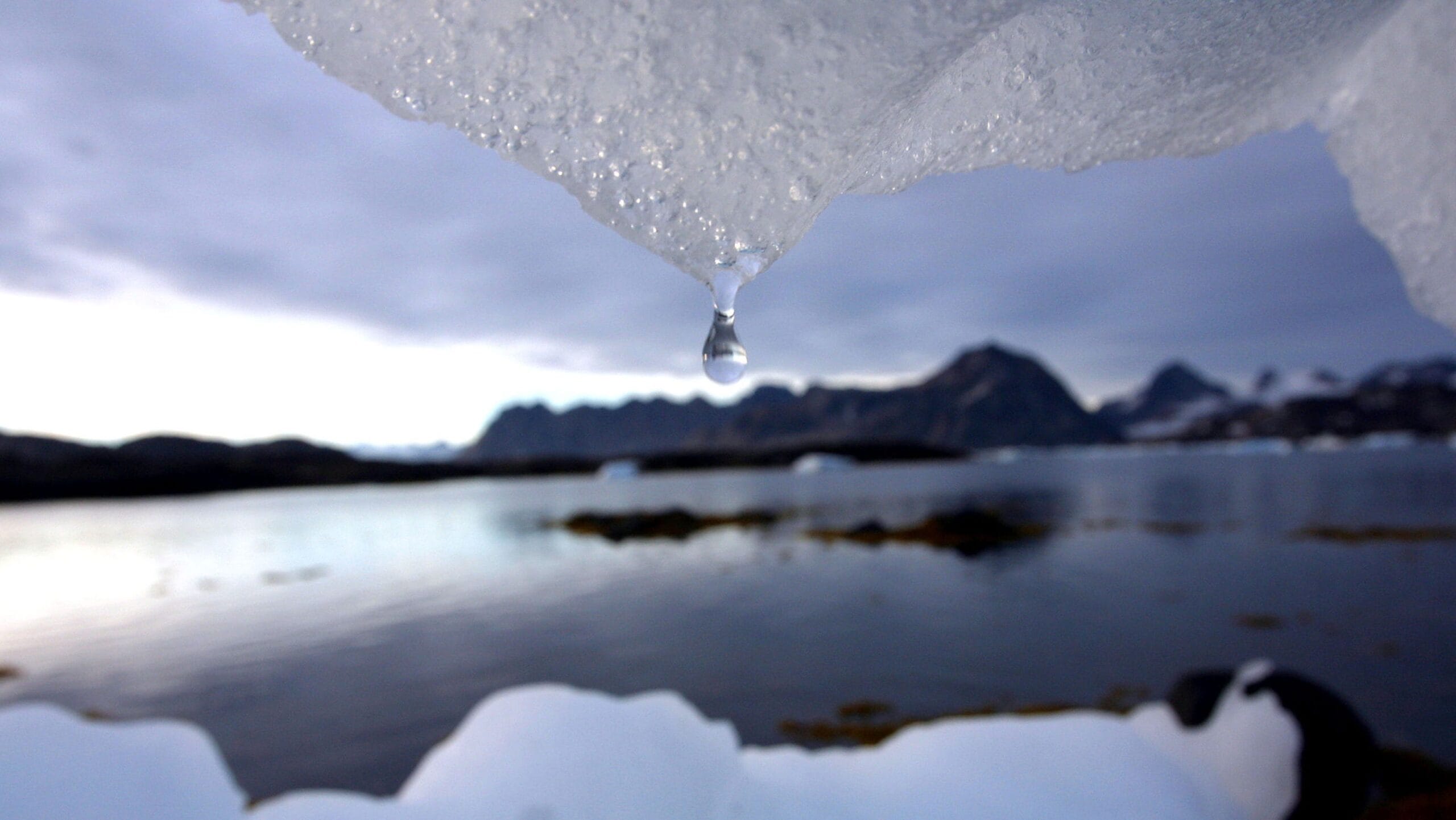The Quadrantid meteor shower, one of the most remarkable celestial events of the year, is once again upon us, and this year, New Yorkers may have an exceptional opportunity to witness its dazzling displays. Occurring annually in early January, the Quadrantids are renowned for their bright fireballs and high meteor rates, peaking during the night of January 3rd to 4th. This meteor shower is unique not only for its intensity but also for the short duration of its peak, making it a must-see for astronomy enthusiasts and casual stargazers alike.
The Quadrantids originate from the asteroid 2003 EH1, which is believed to be a fragment of a comet. As Earth passes through the debris left behind by this asteroid, the particles enter our atmosphere at high speeds, resulting in the stunning streaks of light known as meteors. The Quadrantids are particularly known for producing bright fireballs, which are larger and more luminous than typical meteors. This feature makes them stand out in the night sky, providing an unforgettable experience for observers.
For New Yorkers, the meteor shower offers a chance to escape the hustle and bustle of city life and gaze at the cosmos. The best time to view the Quadrantids is during the early morning hours, just before dawn, when the sky is darkest and the meteor activity is at its peak. While urban light pollution can hinder visibility, there are several locations within and around New York City where stargazers can find darker skies. Parks and open spaces away from city lights, such as Central Park or the nearby Hudson Valley, can provide ideal settings for viewing the spectacle.
To enhance the experience, it is advisable to prepare ahead of time. Dress warmly, as January nights in New York can be quite cold. Bringing along blankets or reclining chairs can make the viewing more comfortable, allowing observers to lie back and take in the night sky. It is also beneficial to arrive at the chosen viewing location early to allow the eyes to adjust to the darkness, which can enhance the visibility of the meteors.
While the Quadrantids can produce a high rate of meteors—sometimes exceeding 100 meteors per hour during peak times—their visibility can vary based on weather conditions. Cloud cover, precipitation, and atmospheric conditions can significantly affect the viewing experience. Therefore, it is important for observers to check the weather forecast leading up to the event. As the date approaches, forecasts will provide a clearer picture of whether conditions will be favorable for viewing the meteor shower.
In addition to the visual spectacle, the Quadrantids provide an opportunity for education and community engagement. Local astronomy clubs and observatories often host events during this time, offering guided viewings and educational sessions about meteors and other celestial phenomena. These events can be an excellent way for individuals and families to learn more about astronomy and connect with others who share an interest in the night sky.
The fascination with meteor showers is not just about the beauty of the event; it also connects us to the larger universe. Observing meteors can inspire curiosity about the cosmos and encourage discussions about space exploration, the origins of our solar system, and the nature of comets and asteroids. For many, the sight of a shooting star is a reminder of the vastness of the universe and our place within it.
As the Quadrantid meteor shower approaches, excitement builds among stargazers and casual observers alike. Whether you are an experienced astronomer or simply someone looking to enjoy a beautiful winter night, the Quadrantids offer a unique opportunity to witness one of nature’s most awe-inspiring displays. So, gather your friends and family, find a dark spot, and prepare to be amazed by the celestial fireworks that the Quadrantids promise to deliver.



